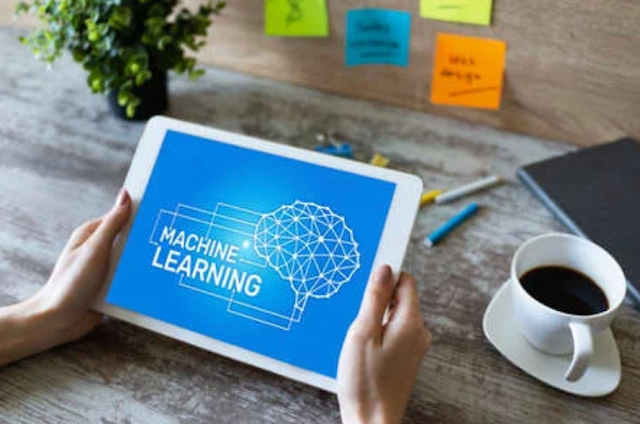Understanding Bias and Fairness in Machine Learning Algorithms
Bias and fairness are important considerations in machine learning algorithms as they can significantly impact the outcomes and fairness of the models. Here's a detailed explanation of bias and fairness in machine learning:
Bias in Machine Learning:
Bias in machine learning refers to systematic errors or prejudices that can occur when training models on biased or incomplete data. Bias can manifest in various ways:
- a. Data Bias: Data used for training machine learning models can be biased if it is not representative of the real-world population or if it reflects historical biases. Biased data can lead to biased predictions or reinforce existing biases.
- b. Algorithmic Bias: Bias can also arise from the algorithms themselves. Certain algorithms may inherently favor specific groups or exhibit discriminatory behavior due to the features they use or the assumptions they make.
- c. Representation Bias: Representation bias occurs when certain groups or classes are underrepresented in the training data, leading to lower accuracy or poorer performance for those groups.
- d. Feedback Loop Bias: Feedback loop bias refers to situations where biased predictions or decisions made by machine learning models perpetuate or amplify existing biases in society, creating a feedback loop.
Fairness in Machine Learning:
Fairness in machine learning aims to ensure that models do not discriminate or disadvantage certain individuals or groups based on protected attributes such as race, gender, or religion. Achieving fairness is challenging due to conflicting definitions and trade-offs, but there are several fairness concepts:
- a. Individual Fairness: Individual fairness suggests that similar individuals should be treated similarly by the model, regardless of their membership in different demographic groups.
- b. Group Fairness: Group fairness focuses on ensuring fairness across different demographic groups. It aims to prevent unfair advantages or disadvantages for certain groups in model predictions or outcomes.
- c. Equalized Odds: Equalized odds ensures that the model achieves similar true positive rates and false positive rates across different groups, thus avoiding disparate treatment.
- d. Demographic Parity: Demographic parity seeks to ensure that the proportion of positive outcomes is similar across different groups.
Mitigating Bias and Ensuring Fairness:
Addressing bias and fairness in machine learning is an ongoing research area. Here are some techniques to mitigate bias and enhance fairness:
- a. Data Collection and Preprocessing: Ensuring the collection of diverse and representative training data, carefully handling missing values, and addressing underrepresented groups can help mitigate bias.
- b. Algorithmic Fairness: Developing and using algorithms that explicitly consider fairness criteria and avoid discriminatory behaviors is crucial. Fairness-aware machine learning algorithms aim to balance accuracy and fairness by incorporating fairness constraints during model training.
- c. Fairness Metrics and Evaluation: Defining and measuring fairness using appropriate metrics is essential. Evaluating models for fairness across different groups helps identify and address any bias.
- d. Regularization and Bias Mitigation Techniques: Regularization techniques, such as adding fairness constraints or penalties, can be used during model training to mitigate bias and enhance fairness.
- e. Transparent and Explainable Models: Building interpretable models allows stakeholders to understand and detect any biased behaviors. Explainable AI techniques can help identify the factors influencing model decisions and highlight potential biases.
- f. Ethical Considerations and Governance: Incorporating ethical considerations into the development and deployment of machine learning models is crucial. Establishing governance frameworks, guidelines, and accountability mechanisms can help address bias and ensure fair practices.
It is important to note that achieving complete fairness in machine learning is challenging and often involves trade-offs between different fairness criteria and overall model performance. Nevertheless, continuous research, awareness, and efforts to reduce bias and enhance fairness are critical to building more equitable and trustworthy machine learning systems.












